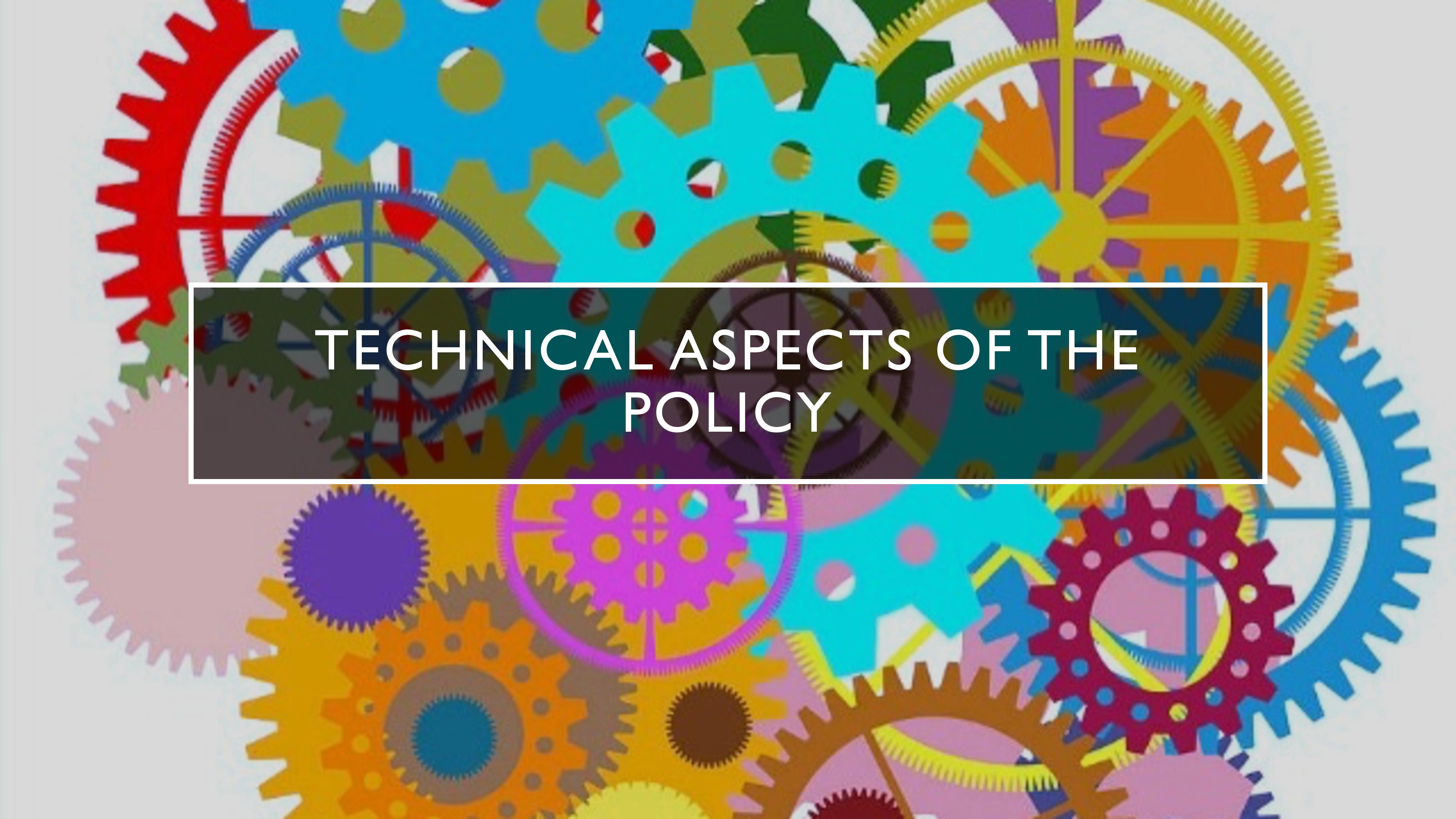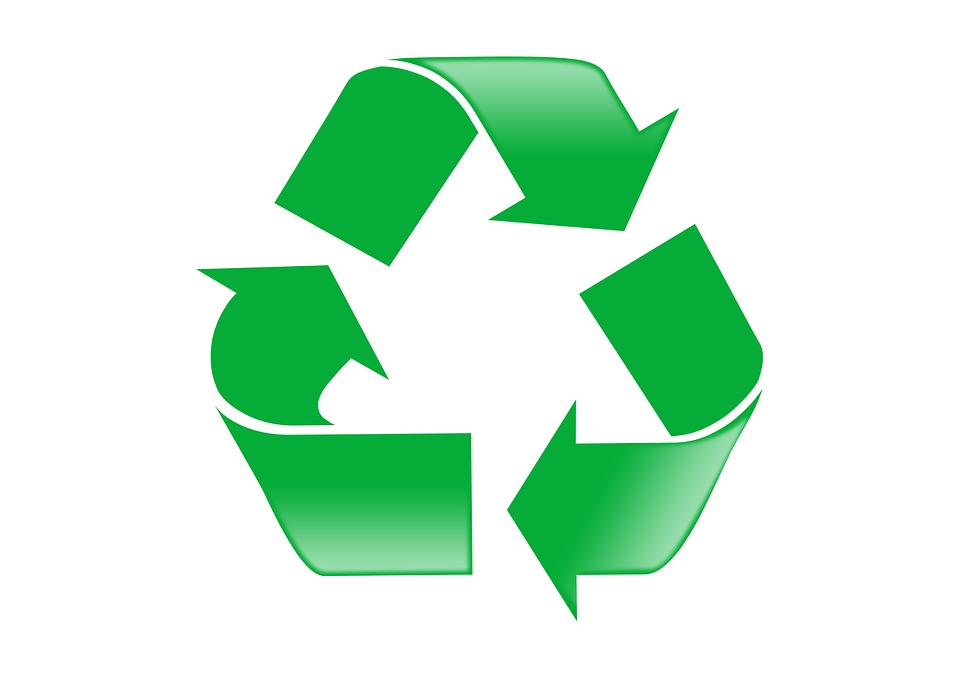
THE MOBILE APPLICATION
APP
Our app is at the heart of the policy, being both the link between users and the sorting center and the tool improving the recycling process. It targets all the members of the family from the parents to the little kids, that is why it can be installed on several devices such as the father’s smartphone and the family’s digital tablet, with one single account for the whole household. Thanks to this very user-friendly app, everyone is involved in this project and learns how to properly manage their waste - this is key for the success of the policy. To this end, we have imagined a very clear and simple design, so that each member of the family can use the app without any difficulty on a daily basis. Thus, there are four main features we can directly access on the home page: the barcode scanner, the family data, the main information about the sorting center and the frequently asked questions.
BARCODE SCANNER
The barcode scanner is the very essence of our app. It allows the user to exactly know how to recycle each part of any product. When someone is not sure which bin has to be used, he scans the barcode of the merchandise and the app immediately tells him how to sort it out. We want this process to be as efficiently as possible thanks to the use of colours which correspond to the ones of the different bins. This system is very simple and is based on a complete and powerful database which gathers all the products that can be found in the neighbourhood. There is a significant work of creating this database before the policy is concretely implemented. For new products that wouldn’t yet be identified, each user is asked to describe its contents and to propose a sorting process. We, the policymakers, are in charge of verifying and accepting this proposition, as well as integrating this product in the database.
FAMILY ACCOUNT
The family account page on the app allows households to have access to all their data regarding the quantity of waste they have produced during a week, a month or a year. They can also compare their personal results with the ones of other families, giving them incentives to consume products which produce less waste. The center also gives them feedbacks about the quality of their sorting (e.g.: 95% of your waste was in the correct bin), and also tools and tips to improve their recycling process. The app is really the intermediary between users and the sorting center. On the information tab, families can find the opening hours of the center and can also directly interact with it when they have questions about precise points or when they need new trash bags. Each family receives a specific quantity of bags for a certain period. They are all personalised with a barcode which corresponds to a particular household in order to control the sorting of each user. However, there will be occasions were more waste is generated, for instance if the family in question organizes a party or purchases equipment goods. This is where the possibility to order additional personalised trash bags comes in handy. Ultimately, the last tab consists of a comprehensive list of Frequently Asked Questions (FAQ) where users can find tips to be more efficient in their sorting process.
TECHNICAL FEATURES
In order for the recycling process through our app to operate optimally, it is of paramount importance that the
database managed and updated in an efficient, sustainable manner. A suboptimal or faulty database will effectively
cripple this project. The database has two fundamental pillars:
a. User data (family statistics), linked to each household’s account.
b. The recyclable waste data
The part of the database dealing with user data is fairly straightforward. The principal task at hand revolves around registering key information on the household in question, its members and ultimately their recycling habits. Using Microsoft MySQL, the first step of registering household information is done by creating a table with the following fields:
Household ID (will exclusively consist of integers and will be randomly generated upon designation of an ID to a household) e.g. Household Name (field to be linked to the App or the site, Number of household members Household Member ID Household Frequency (each time a member recycles), Bin stock

Above is an example of how the aforementioned concept can be programmed into a database using Microsoft mySQL. The
following commands used ensure:
INT : the field must consist of integers
NOT NULL : field cannot be left blank
CHAR : field consists of characters (e.g. CHAR (25) → 25 character limit
PRIMARY KEY : This distinguished the table’s key field
AUTO INCREMENT : increasing numbers
We will then be able to extract important data from these fields such as the estimated gross mass recycled per household over certain time periods, household member participation (e.g. best-performing recyclers, **number of new products submitted **(and accepted) to database. The bin stock field will keep an inventory of the household’s recyclable waste bag stock, and will alert all users when it will be convenient to order new recyclable bags (barcoded to household account). We can also use this information to help estimate orders for specific events e.g. parties; garage-clean out etc.
Thereafter, we will proceed to the second pillar of the database - the potentially infinite field that houses the information on the actual recyclable products. We must note that it is almost impossible to create a complete version of such a database, given the vast product diversity that characterises the French market. However, this challenge represents an opportunity to increase user engagement with our app, as you shall see in the following paragraphs. The seemingly mammoth task of collecting information on the recyclable products can be broken down into manageable tasks, and with the collaboration of all stakeholders the sustainability of this continual task will be guaranteed. By breaking down the initial collection process into three strands, we will be able to to amass up to 90% of all products in the XXe arrondissement upon launching the app. Once the first strand has been completed, the app will be launched and the second and third phases can be initiated simultaneously. This database will use a model similar to that of a wholesale inventory database and we will use Microsoft mySQL.
STAND 1: PRE-LAUNCH PHASE
Engage local distributors (supermarkets of all sizes, epiceries, etc.) and register all their products. Registering procedure entails saving, the (1) barcode, (2) name, (3) estimated weight of all recyclable components, (4) the recycle bin destination of each component. e.g. glass jar of confiture : lid (8g)—> yellow (tins) ; jar (140g)—> blue (glass) etc. This phase is to be completed before the app launch so as to ensure a considerably large database for our very first users.
STAND 2: USER ENGAGEMENT PHASE
As previously mentioned, the app will allow users to upload products that are not on the database, upon the non-recognition of a barcode. The app will advise users to refer to stickers on the product for weight estimates of the packaging, suggesting easy weight estimation methods. Then, they will be required to take an entire photo of the product, and suggest destination colours for each component. This will be submitted to our database management team who will quickly validate the product. In order for this method of updating to be successful, we suggest including small financial incentives to users for every new product submitted to the database.
STAND 3: MANUFACTURER ENGAGEMENT
This phase of the database updating goes further than the preceding strands because here, we will engage manufacturers of recyclable goods made in France, and ask them to submit to us the barcodes with the information we require (nature of components, estimated weight of components). New product information will be readily available, making the app easier to use. We foresee this strand to be particularly successful as we anticipate companies to be enthusiastic about the potential marketing and brand promotion benefits their brands/products could potentially benefit from through using our app and the association of these brands and products with the ecological cause.
The above methods and practices will not be complete, exhaustive lists of the available products found and used in the XXr arrondissement. However, they will ensure a comprehensive database is available that will not demotivate users, but rather encourage them to use our app.
In order to allow users to exactly know how they have to sort each product, there should be a scanner inside our app. As we use the ASP.NET software to create the app, we need to integrate a barcode scanner that works with this system. Since this type of scanners already exists, we choose one of them, considering our specific requirements. First, we consider linear barcodes (the ones that are on all the products sold in supermarkets) and 2D barcodes (such as QR codes), so that it is possible to scan any existing barcodes. Then, after having studied all the 21 different possibilities, we decide to pick the most popular, the most efficient and the easiest to use: ASP.NET Code 39 Reader & Scanner SDK. This software scans and reads all the existing linear barcodes such as the EAN-13 (European Article Number with thirteen digits), the EAN-8, the EAN-5, the Code 39, the Code 49 or the Code 128, and various 2D barcodes such as the QR code from different sources. Finally, we have to purchase the license to be able to use it. It is costly but necessary: the Linear + 2D package price is at 1,590 €.



